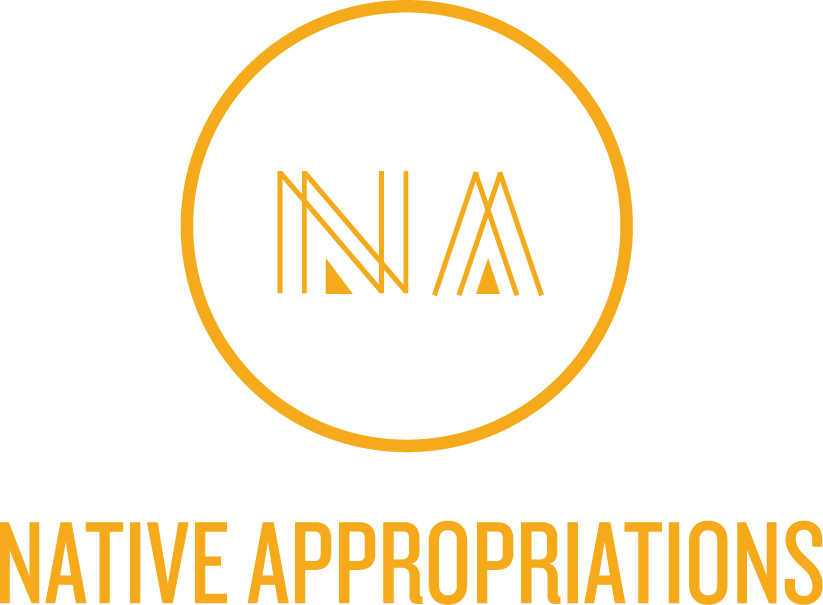As promised, I’ve tried to pull together some informative links/articles/blog posts about the Indigenization of the winter Olympics. This is by no means exhaustive (not even close!) so if anyone has more, please send them my way!
- An Indigenous Olympics?– Toban Black via Sociological Images
Some have found the cartoonish Olympic marketing imagery to be a mockery of native traditions. For example, critics have argued that the 2010 Olympics committee has edited and re-packaged native culture — which also has been ripped out of its traditional contexts. The Committee is highlighting Arctic indigenous imagery — yet Vancouver, the centre of the Games, is a temperate city. Arctic indigenous peoples did not live there — or on the nearby Whistler and Cypress mountains, where some Olympic events will be held. Other indigenous populations who did live in that area of British Columbia also are not represented in the marketing iconography.
The Olympics branding denies noteworthy differences among native groups spread across these areas. Passing theatrical gestures to native peoples during the open ceremonies could be considered to be more respectful, but Olympics marketers otherwise have been mixing up North American native traditions into a soup-like caricature. Natives have been consistently oppressed, but the various peoples who are considered to be native (in some way, or to some degree) certainly are not ‘all the same.’ Tacking Arctic imagery on to Vancouver-area Games implies that there is only one native essence (in North America, if not beyond this continent).
- 2010 Olympics Token Tribute– Urban Native Girl Stuff
“So when I watched the Olympics opening ceremonies after the original broadcast I did feel proud that Native peoples were being included and celebrated in the production. I also am happy that it is the first time Indigenous people have been recognized by the International Olympic Committe as official host partners in any games.But I can’t help feeling like it’s a little token. There is not doubt that Canada doesn’t want to share it’s long legacy of genocide toward the Native people of this country. This is why many Native people are asking for attention to our issues today, especially our stolen lands. The effects of this colonization are very much alive today. We have so many health, poverty, education, social issues which have many people living in third world conditions right here in Canada, in our backyards.”
- Native Representation Strong at 2010 Olympics– Indian Country Today
During the games, the pavilion, an 8,000-square-foot building, will include entertainment provided by Native performers. There will also be plenty of aboriginal food and merchandise for sale. The pavilion will not be the only place in town with an aboriginal presence. In fact, there is no escaping aboriginal involvement and it will be rather prevalent in almost all aspects. For example, the games’ official logo is named Ilanaaq the Inunnguaq; ilanaaq is the Inuktitut word meaning friend.
Also, the games’ three official mascots – Miga, Quatchi and Sumi – were inspired by traditional First Nations creatures. Miga is a mythical sea bear, Quatchi is a sasquatch, and Sumi is an animal spirit. The athletes who win a medal will take home some hardware based on the designs of artwork of Vancouver-based aboriginal artist Corrine Hunt. And there are scores of other aboriginal designed products that are part of the games’ merchandising program.
To some, this means the Olympics are being held on stolen native land. But Phillip says if the Four Host First Nations want to allow the games on their land, that’s their right. Not that he’s happy about it. His organization has kept its distance from the Olympics, and he’s even refused to take part in the tribute to native culture in Friday night’s opening ceremony, which he calls “Disneyesque.” “I don’t think it’s proper for me to stand there and hold hands with government officials and be part of the misrepresentation of the well-being of our people,” Phillip says.
Canadian aboriginals eager to promote their culture at the upcoming Winter Games on their ancestral lands lamented on Wednesday that some “authentic First Nations” souvenirs were made in China, Italy or Thailand. These include native art and traditional clothes.
Tewanee Joseph, director of the Four Host First Nations, representing area aboriginals, says it is not a problem. “The design was created by authentic First Nations,” he told AFP. “The Four Host Nations created the whole aboriginal mark of the Games and we are truly authentic aboriginal people.”
There are so many more, but I didn’t want it to be too overwhelming. Maybe I’ll do a few more roundups throughout the week.

